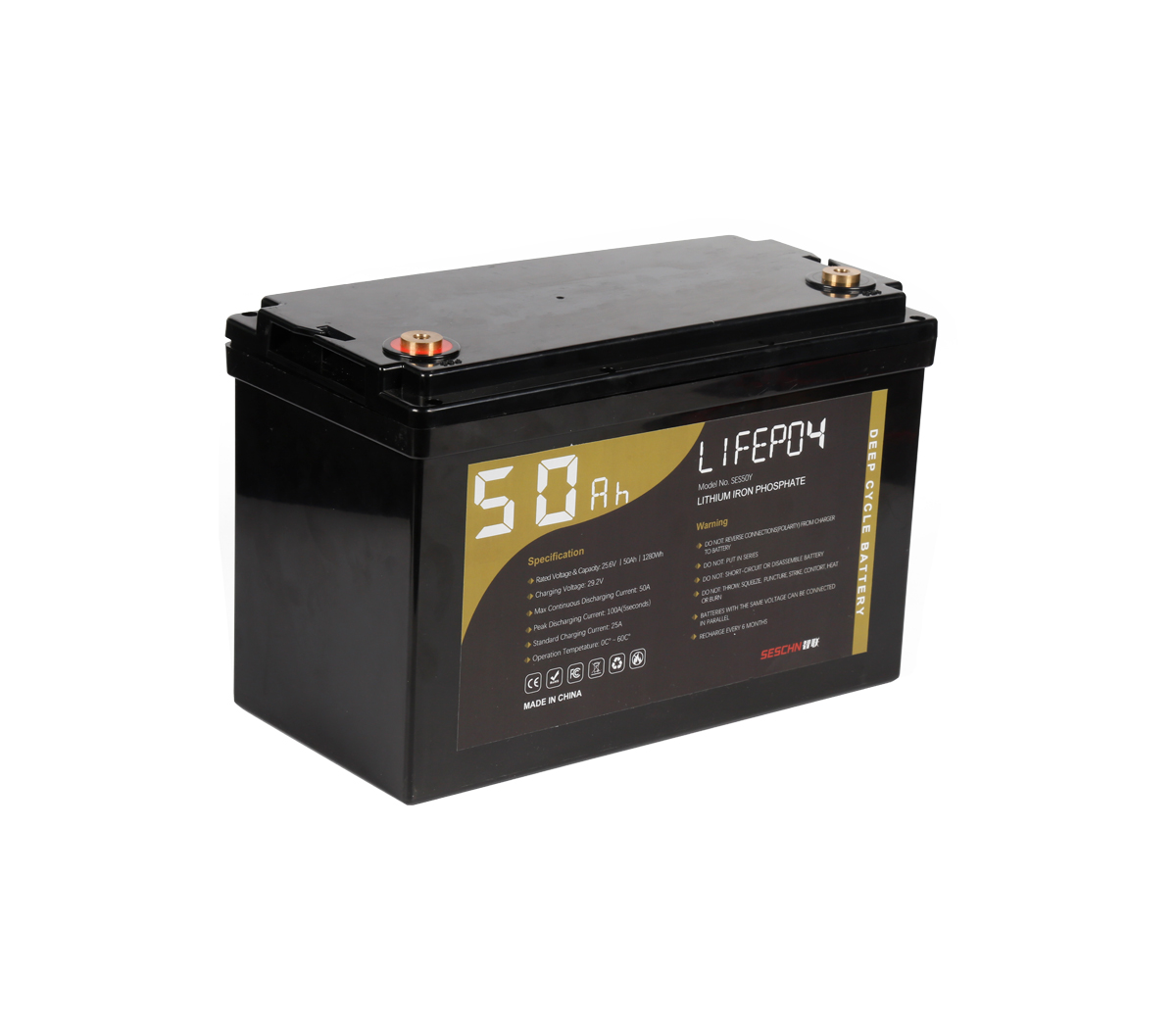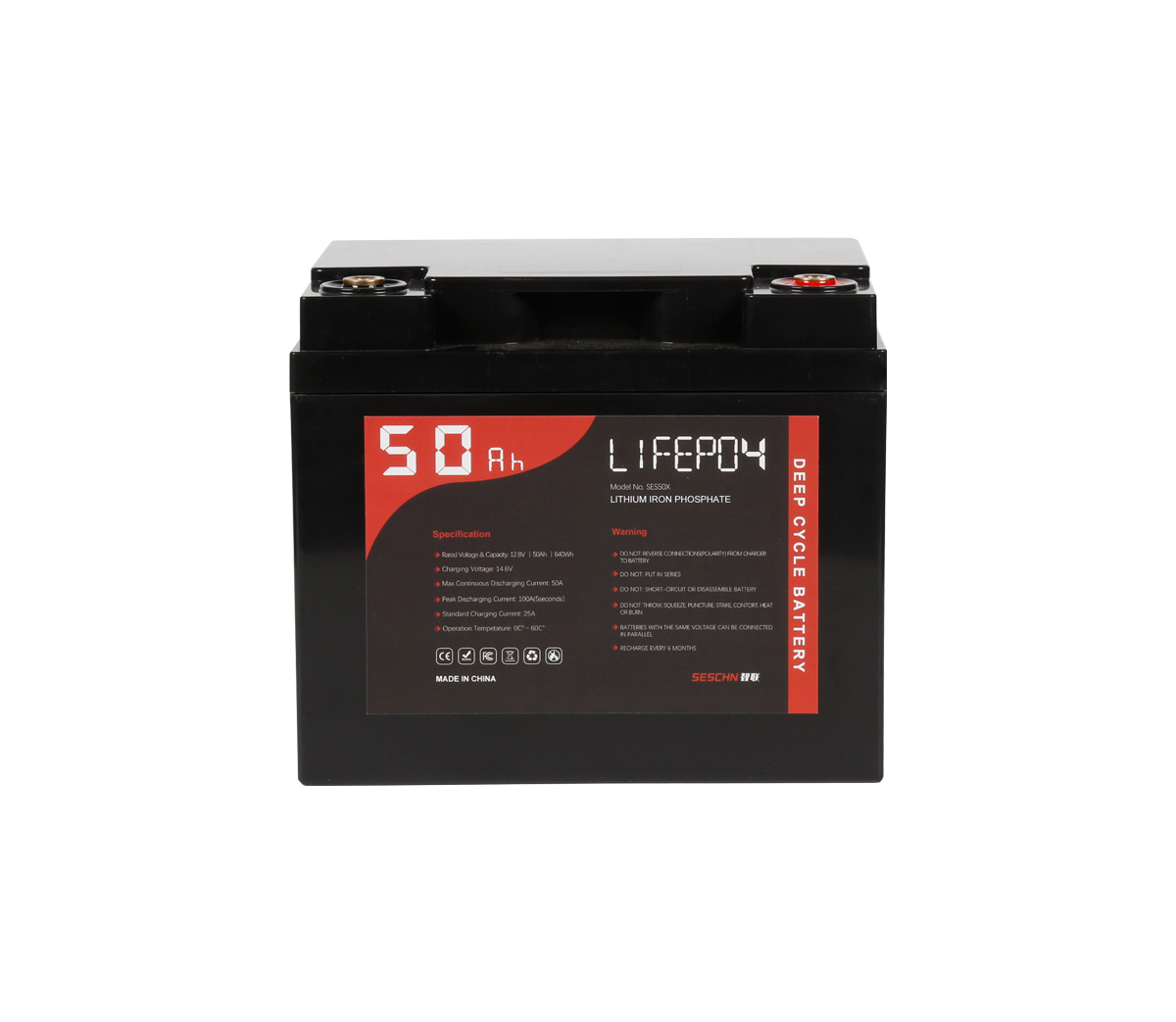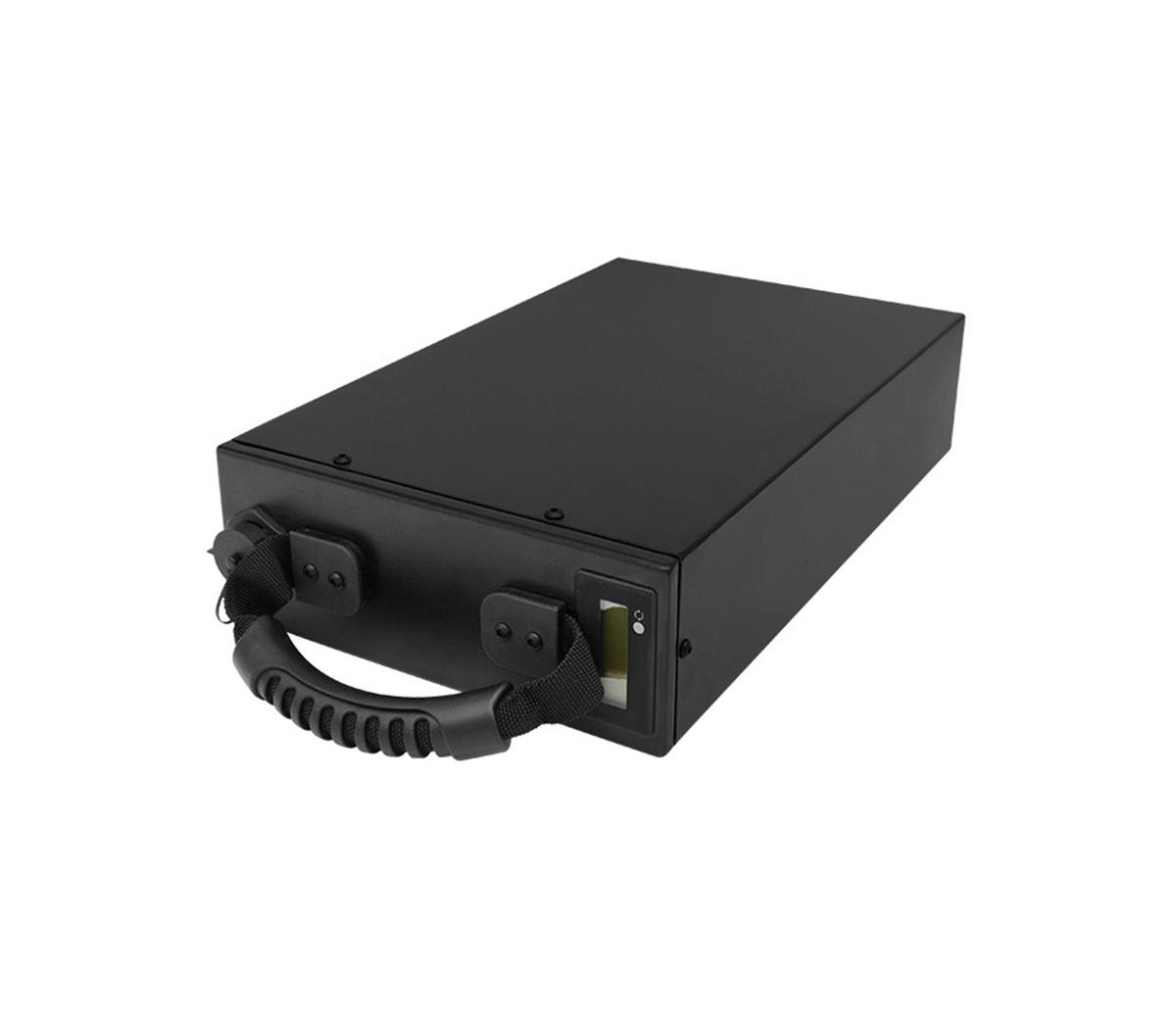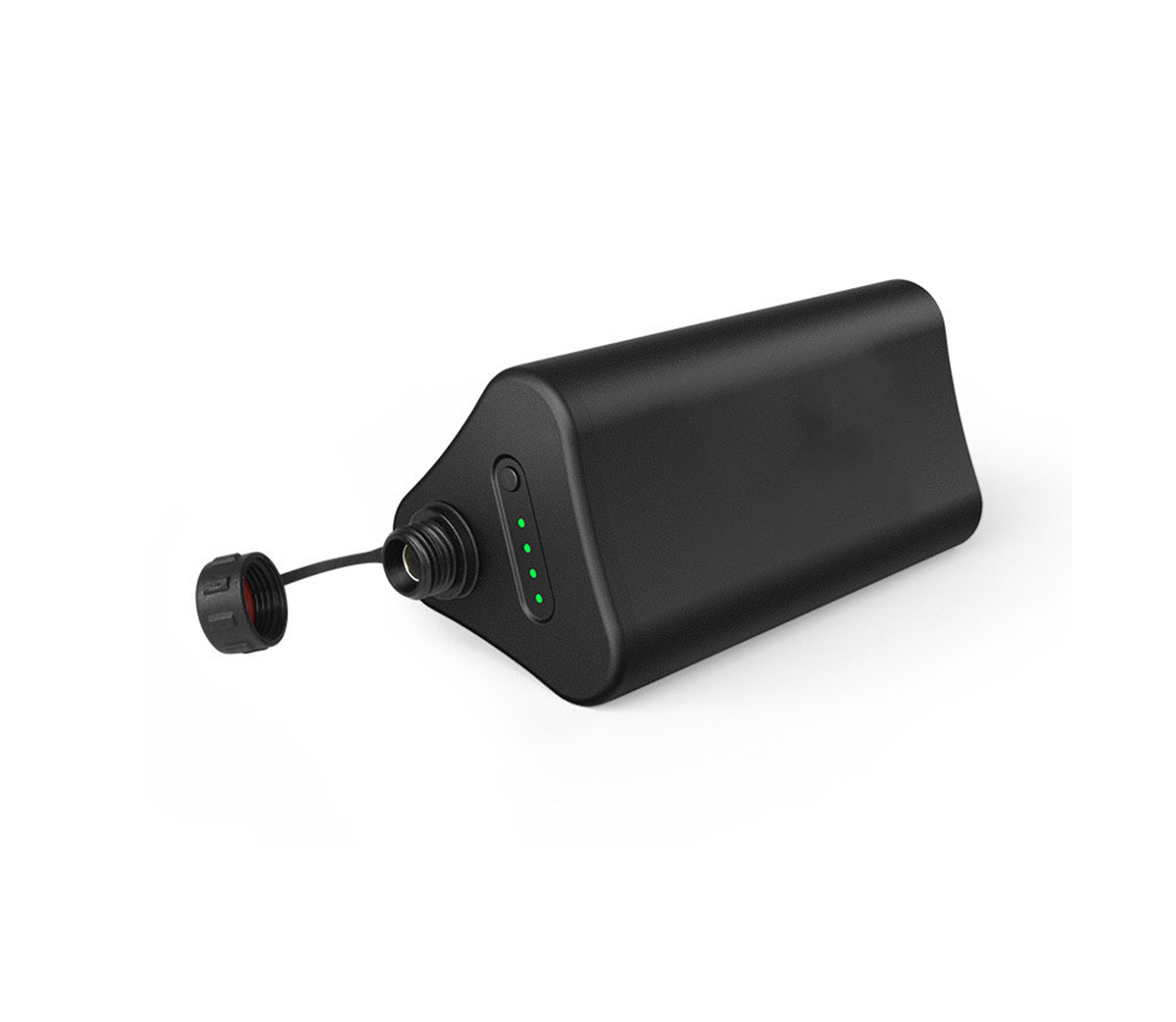
Regardless of whether it is lithium iron phosphate or NCA ternary material,
the positive electrode material obtained by wet-method recycling of valuable
metals has a key performance index, which is better than the positive electrode
material obtained after dry-method repair.
At present, the general recycling process of waste power batteries includes
two stages: pretreatment and subsequent treatment. The pretreatment process
first needs to discharge thoroughly, and then disassemble the battery to
separate the components such as the positive electrode, negative electrode,
electrolyte, and separator. In the follow-up process, the main goal is to
recover the high-value components in the various waste materials after
dismantling, and to further carry out battery material recycling or repair; the
technical methods used can be divided into three categories: dry recycling
Technology, wet recycling technology and biological recycling technology.
Dry recovery technology refers to the technical methods that directly
realize the recovery of various battery materials or valuable metals without
using media such as solutions, mainly including mechanical separation and
high-resolution pyrolysis. Dry recovery does not undergo other chemical
reactions, the process flow is short, and the recovery is not very specific. It
is usually used in the preliminary stage of separation and recovery of metals in
lithium batteries.
Some companies have initially developed dry heat repair technology, which
can perform high temperature heat repair on crude products recovered by dry
method; however, the positive and negative electrode materials produced by this
method contain certain impurities, and their performance cannot meet the power
of new energy vehicles. Battery requirements are mostly used in scenarios such
as energy storage or small power batteries.
Wet recovery technology uses various acid and alkaline solutions as the
transfer medium to transfer metal ions from the electrode material to the
leaching solution, and then through ion exchange, precipitation, adsorption and
other means, the metal ions are removed from the form of salts, oxides, etc.
Extract from the solution. The technical route of wet process mainly includes
three methods: hydrometallurgy, chemical extraction and ion exchange. The wet
recovery technology process is relatively complicated, but the technology has a
high recovery rate for valuable metals such as lithium, cobalt, and nickel; at
the same time, the metal salts, oxides and other products obtained by the wet
recovery technology have high purity. Meet the quality requirements for the
production of power battery materials; therefore, wet recycling technology is
also the main recycling method adopted by leading domestic and foreign
technology recycling companies.
Biological recovery technology mainly uses microbial leaching to convert
the useful components of the system into soluble compounds and selectively
dissolve them to achieve the separation of target components from impurity
components, and finally recover valuable metals such as lithium, cobalt, and
nickel. At present, the biological recycling technology is not yet mature, and
key issues such as the cultivation of high-efficiency strains, the excessively
long cultivation period, and the control of leaching conditions still need to be
resolved.
As mentioned above, the current wet recycling process with higher recycling
efficiency and relatively mature is gradually becoming the mainstream technical
route in the professional treatment stage; The wet process technology route is
adopted as the main technology for the recovery of valuable metal resources such
as lithium, cobalt, and nickel; some enterprises also support various recovery
technologies such as dry process to improve the overall recovery efficiency.
From another perspective, whether it is lithium iron phosphate or NCA
ternary material, the cathode material obtained by wet technology for valuable
metal recovery and then reconstituted, its specific capacity, a key performance
index, is better than that obtained after dry technology repair The cathode
material.



































